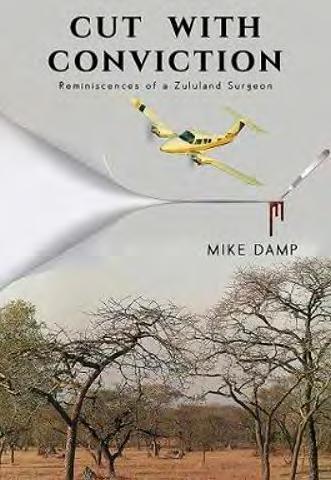
2 minute read
Unveiling the Collections: a new RACS publication

Mr Tony Sparnon, Elizabeth Milford and Geoff Down present the book.
The idea for a book about the College collections had its origins in a Heritage and Archives Committee meeting in 2017. The College centenary was 10 years away, but there was concern that Wyn Beasley’s two seminal books about the College, Portraits at the Royal Australasian College of Surgeons (1993) and The Mantle of Surgery (2002), needed updating.
Advertisement
Initially, the committee discussed the possibility of simply updating the Portraits book, but Professor John Royle had another suggestion. He proposed a publication that included both recent presidential portraits and a selection of ‘treasures’, highlighting the College’s important history by ‘unveiling’ some unusual objects from its extensive collections. It would also serve to acknowledge the contribution of the more recent past presidents.
Significant objects from the collections were chosen by Professor Royle and the College curator, Geoff Down. Works were categorised and, in 2018, Les O’Rourke,
a photographer, began the difficult task of photographing objects that were often located in awkward places. Geoff has been the curator since 2001, and the task of writing the descriptions was made easier by referring to his numerous articles in Surgical News. However, some of the items still needed researching, and investigating the rare books was undoubtedly one of the most rewarding tasks.
Unveiling the Collections begins with the archetypal symbol of the College, the Great Mace. It continues with an exploration of a diverse group of objects loosely bound together by type and is divided into sections: presidential portraits, other portraits, landscapes and seascapes, books and documents, surgical instruments, sculpture, ceramics and bronzes, and silverware.
An example comes from a miscellany of surgical instruments, dating mainly from the 19th and 20th centuries. A carbolic spray used by Lord Joseph Lister at the Glasgow Royal Infirmary was the
first object to enter the collections. Developed in 1869, the spray was designed to kill airborne bacteria, but had some side effects. Everyone attending the operation inhaled the spray, and the carbolic landed on the open operating site, causing significant burning of the tissues. At the other end of the spectrum, a large collection of historic medical books illustrate anatomy and the development of surgery. The collection contains many rare and early editions, such as those by Andreas Vesalius and Ambroise Paré.
As the College approaches its centenary in 2027, it is important to reflect on its rich history. Although consisting of inanimate objects, the College collections help show how that history evolved. Most of the objects have interesting stories connected to them, and they contribute to the complex web of relationships that have created a 21st century surgical College.
Unveiling the Collections confirms the importance of valuing and preserving heritage. The publication will benefit present and future generations.
Elizabeth Milford, RACS archivist









